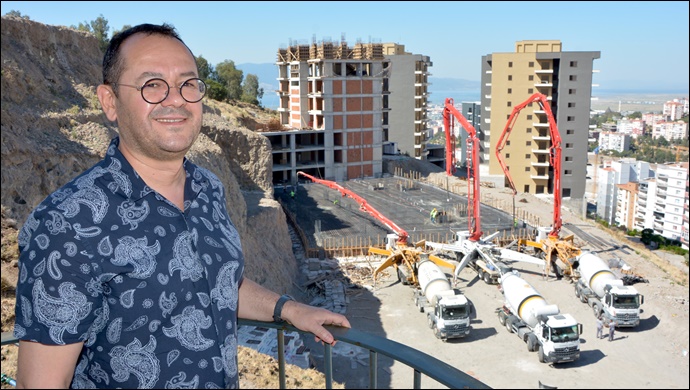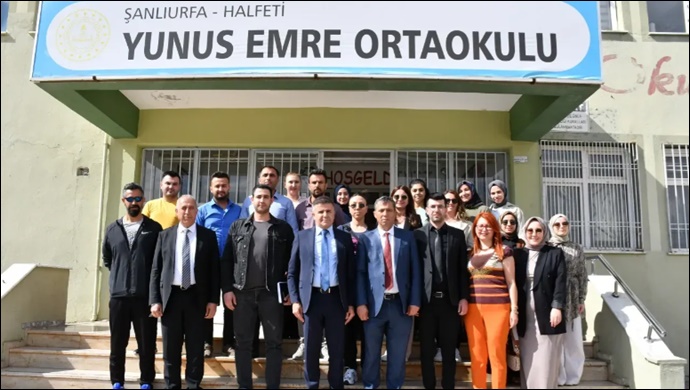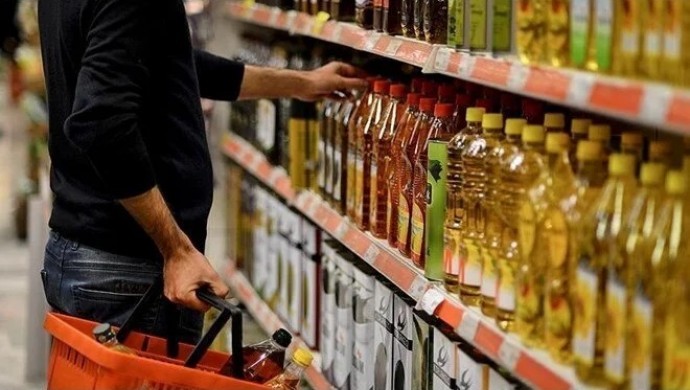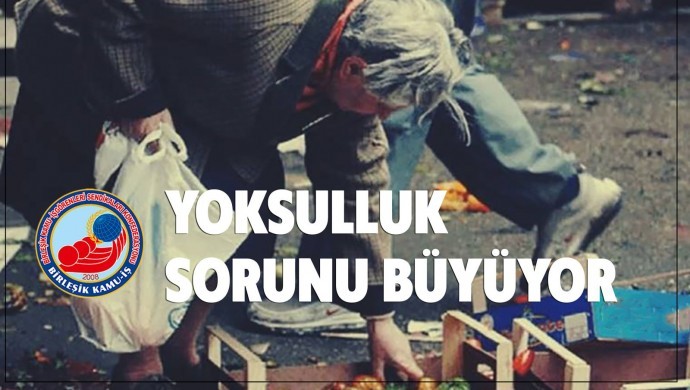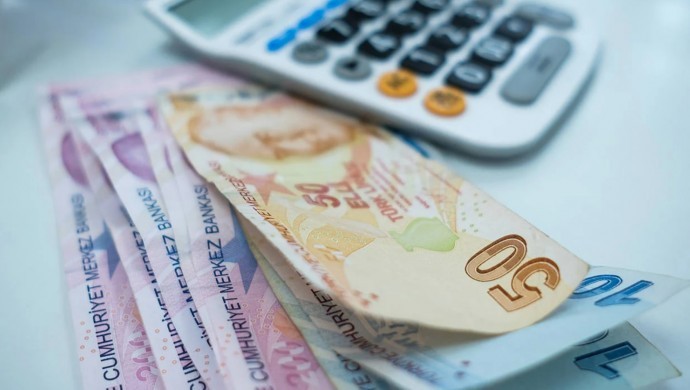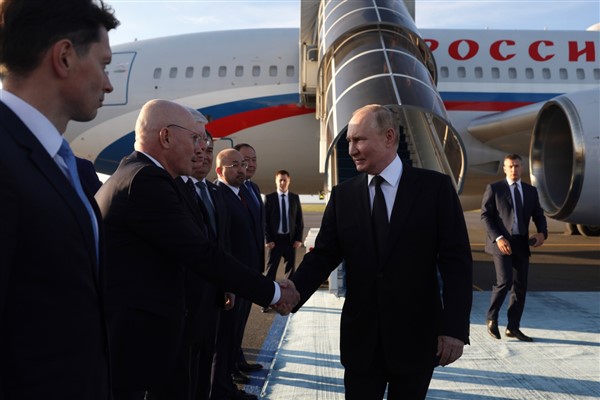Inflation and the cost of living. The cost of living has risen sharply in recent months, and food and beverage prices are no exception; Advice on how to save money when shopping for groceries is now commonplace in the world's most developed economies. Demand is also increasing in food banks, and with rising energy prices, some people are having a hard time putting basic meals on the table. Levels of food insecurity are likely to increase further, putting pressure on governments around the world to further support those with rapidly declining purchasing power.
.png)
Global inflation trend and interest rates… Between January and June 2022, the average annual inflation rate rose in each observed country. In June 2022, among the countries surveyed (see table below), the inflation rate was highest in Russia at 15.9%. The lowest rate was seen in China with 2.5%, which is estimated to remain around 2% until 2027.
In 2022, central banks raised interest rates in every country covered in the chart, with the exception of China and Japan. The central bank rate of interest is one of the main tools used to try to manage inflation: low rates should cause inflation to rise, while high rates should generally lead to lower inflation. Central banks have increased interest rates to slow inflation, as inflation skyrocketed between January and June 2022.
.png)
Demand and input effect. We had an extraordinary increase in the demand for goods, in fact, if the increase in the supply of goods had also been extraordinary, this would not have created a price problem. But demand for goods has been so unusual that it has stifled supply, and when demand is greater than supply, you either experience shortages or get price increases. We had a mix of the two, but some of this increase in demand drove prices up. Now, that's starting to go down because if you look at, for example, television prices in the US or elsewhere, they were up last year and now they're going down, now they actually have negative inflation. So we're starting to see a correction, but there are still lingering effects that drive inflation.
Demand-driven inflation began to wane until the war in Ukraine wreaked havoc. There are all kinds of human consequences that are very tragic, but there is also an economic consequence, and it comes from Russia's importance as an economy, in commodities. This has caused commodity prices to rise, in part because of supply constraints – either the limited planting season for crops in Ukraine or, for example, companies are less willing to buy Russian oil – but there is also a risk.
The price of a barrel of crude oil is different from food, airfare, gasoline, etc. It has implications for things in terms of input impact - because it all depends on the fuel. You don't pour a barrel of crude oil into your car's tank. But food, gasoline, plane tickets, etc., which depend on fuel. We pay for it. In a developed economy, only 15-20% of the money we spend on food actually goes to food. Most of the money we spend goes to the workforce, which is distribution and processing, retailing and advertising. All this shows that the amount we spend on our loaf of bread does not actually go to the farmer, and many other price factors are at play.
.png)
Has inflation peaked?
-Decreased demand: In most of the areas where prices rose last year due to extraordinary demand, we now see the inflation rate falling. In some cases, the inflation rate has even turned negative. This will happen to more goods by the end of 2022. As extraordinary demand decreases, extraordinary prices will also decrease.
-Base effects: The most common way of pricing inflation is when prices change from year to year. This means that the year-to-year inflation rate that we always quote tells us not only today's prices, but also our prices a year ago. So what we said in March of this year is compared to prices in a normal economy in March 2022 with prices in a locked economy in March 2021. Of course, if you're comparing normal to quarantine, it means a change in prices that will be pretty big over the course of this year. After June, for example, a normal economy in June 2022 and a normal economy in June 2021 become the subject of comparison. And at this point the price change will obviously be less dramatic. Thus, the annual inflation rate will decrease.
-Wage-cost-to-price spiral: We don't currently see wage costs rising in a truly inflationary way. In a developed economy, wages are about 70% of inflation. The distinction between wage costs and wages is an important distinction. If people are paid more because they work harder, it is not inflationary. In most economies, people work harder. In general, economic output in advanced economies is above pre-pandemic levels, but employment is below pre-pandemic levels. This means there are fewer people producing more.
Conclusion? While the drop in gas prices is good news, living costs are still painfully high, forcing many to top up their credit cards and save money. The problem is not about backward inflation or current levels, but rather the underlying causes of inflation. This clearly shows that the sticky pencils will have the main decisive effect. The decrease in WTI oil will be positive for the decrease in inflation. CPI data, on the other hand, should provide a regression independent of oil prices, rather than pointing to a headline decline. We expect key indicators to remain stubbornly firm for a while, even as headline inflation falls.
Kaynak: Tera Yatırım- Enver Erkan
Hibya Haber Ajansı






